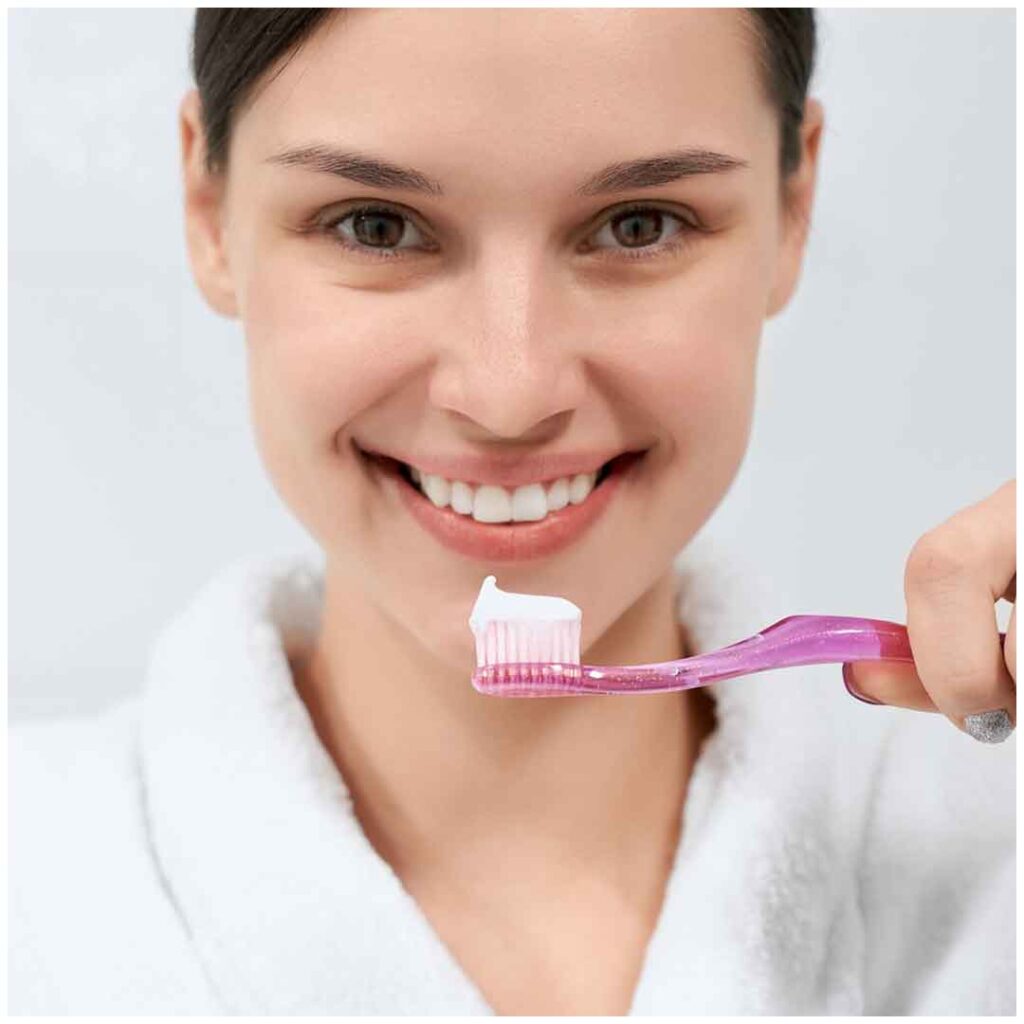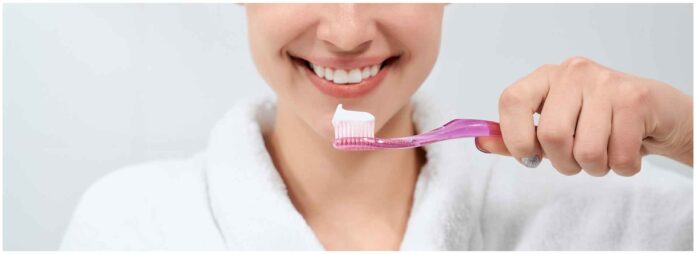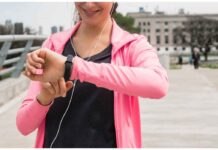The human brain is capable of remarkable changes known as neuroplasticity, which refers to the brain’s ability to reorganize itself by forming new neural connections throughout life. This ability is influenced not only by major life events or extensive learning but also by engaging in simple daily activities in novel ways. One intriguing example of such an activity is the practice of brushing teeth using one’s non-dominant hand.
The Concept Behind the Practice
Brushing teeth with the non-dominant hand might seem like a trivial change, but it forces the brain to tackle the familiar task in an unfamiliar manner. Typically, the dominant hand is more skilled at precision and coordination due to established neural pathways formed from repeated use over the years. When switching to the non-dominant hand, the brain needs to adapt to control and coordinate the new set of motor skills required.

How It Challenges the Brain
Using the non-dominant hand to brush teeth introduces a small but significant challenge to daily routine, compelling the brain to activate parts that are typically less involved in such tasks. This switch can improve neural connectivity by forcing the brain to use the hemisphere that controls the non-dominant side of the body more actively. Essentially, this practice can serve as a form of cognitive exercise, helping to enhance overall brain function.
Benefits on Cognitive Functions
Engaging the non-dominant hand for brushing can have several cognitive benefits. First, it can improve manual dexterity and hand-eye coordination in the non-dominant hand. Over time, this could lead to ambidexterity, which is the equal ability in both hands, providing a brain boost from increased bilateral coordination. Moreover, this activity can enhance cognitive flexibility, which is the mental ability to switch between thinking about two different concepts or to think about multiple concepts simultaneously.
Potential Impact on Brain Aging
Regularly performing tasks with the non-dominant hand, such as brushing teeth, might also contribute to brain health in the long term. Some studies suggest that engaging in activities that challenge the brain can delay the onset of cognitive decline associated with aging. By continuously creating and strengthening neural pathways, the brain maintains and improves its capability for neuroplasticity, which is vital in older age.
Scientific Studies and Evidence
While the idea is supported by general theories of neuroplasticity, direct scientific studies specifically investigating the effects of brushing teeth with the non-dominant hand on brain function are limited. However, research in related areas, such as using the non-dominant hand for other tasks, supports the notion that novel motor activities can stimulate the brain in beneficial ways.
Practical Tips for Implementation
For those interested in integrating this practice into their daily routine, it is recommended to start gradually. Begin by brushing with the non-dominant hand for a few seconds and then switch back to the dominant one. Gradually increase the duration as comfort with the activity grows. It is crucial to maintain good oral hygiene, so ensure that effectiveness is not compromised in the pursuit of cognitive benefits.
Conclusion:
While brushing teeth with the non-dominant hand is a small change, it represents a broader principle of incorporating simple, brain-stimulating activities into everyday life. This practice underscores the importance of routine in shaping our brain’s health and agility. As we continue to uncover more about the brain’s adaptability, even the most mundane tasks could become opportunities for cognitive enhancement, highlighting the incredible flexibility and resilience of the human brain.
























